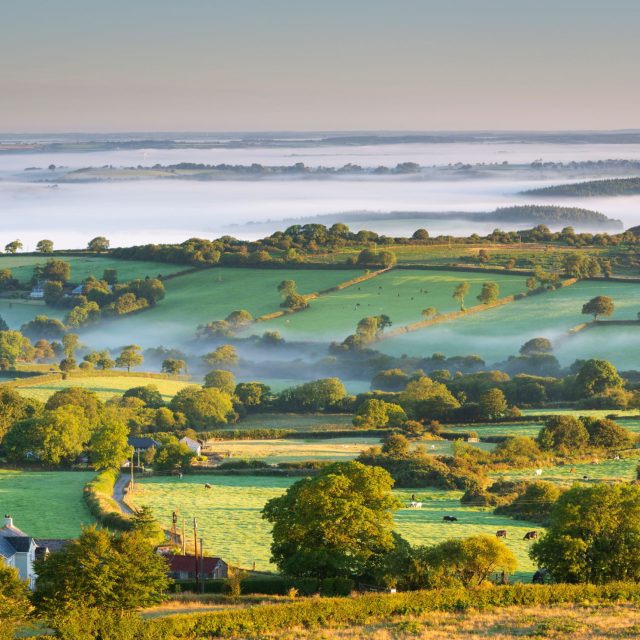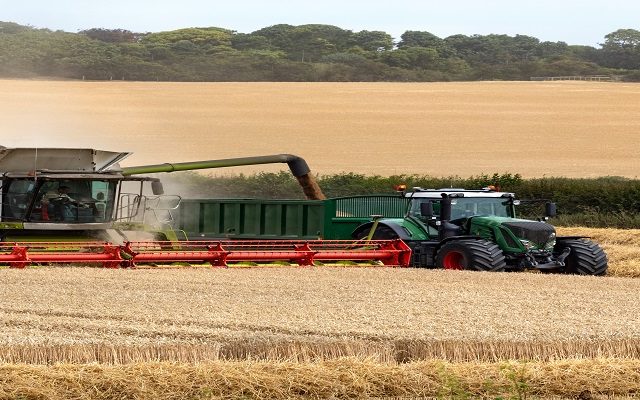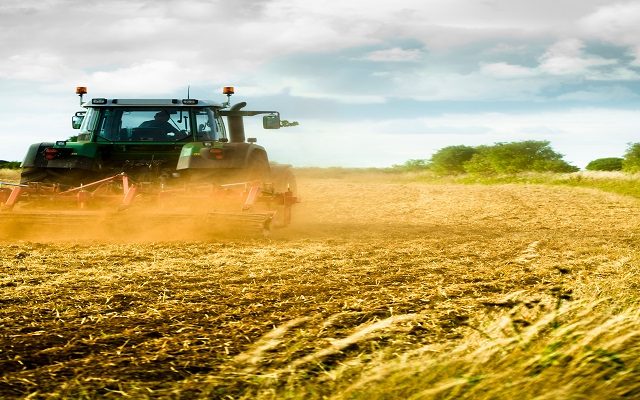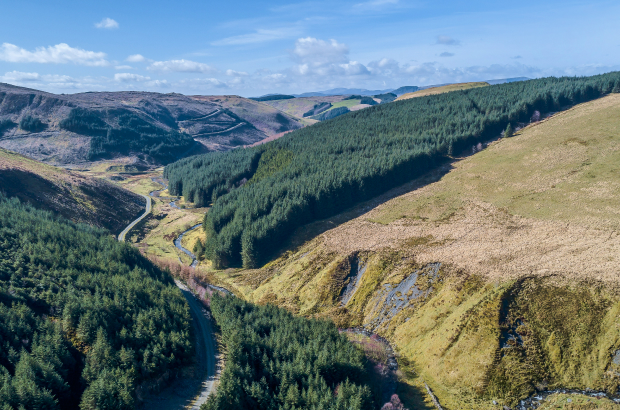In the Know: The Land Use Framework explained
In the Know: The Land Use Framework explained
The Government has issued a 12-week consultation on a Land Use Framework for England which seeks to establish the principles, data and tools which can be used to improve decision-making about the competing pressures for land.
It is hoped that the framework will help landowners, farmers, local government and policy makers to make better decisions about different ways to use land reflecting environmental concerns, development needs and the need for food security in a volatile world.
What’s the background to the Land Use Framework consultation?
A Land Use Framework was one of the recommendations which emerged from Henry Dimbleby’s National Food Strategy document published in 2022. The report called for detailed assessments to create a map which clearly showed the uses to which any given area of land would be best suited. For example, it suggested this might highlight areas of semi-natural land, low- and high-yielding farmland, as well as land that is appropriate for economic development and housing.
It is not a new concept – Scotland has had its own Land Use Strategy for well over a decade. Several organisations have also been exploring how this approach might be applied to ease some of the tension around the competing uses of land. These include the Royal Society, which in 2023 published a Multifunctional Landscapes Policy Report, and the Food, Farming and Countryside Commission which has run two pilot programmes in Devon and Cambridgeshire & Peterborough to give a practical insight into the potential benefits of a land use framework.
What are the different goals the Government wants to meet?
The foreword to the document recognises that there are increasing opportunities and demands on land, requiring land use to become more dynamic. The Government says it wants to:
· Maintain food security
· Protect communities from the impact of a changing climate
· Make room for more housing, plus additional energy, water and transport infrastructure
· Reverse nature decline, pollution and emissions
· Use land in a way which promotes economic growth
The consultation is described as ‘analysis of the long-term land use change required and is part of a national conversation about how and why it could be delivered.’
What sort of shift in land use is envisaged?
The starting point is that England is still a predominantly rural and agricultural country – 85% of England’s total land area is classed as rural and 67% of it is agricultural. Yet by population, England is largely urban with 83% of people living in urban areas (2020 figures, with urban classed as settlements of more than 10,000 inhabitants).
The Government has set ambitious targets on the delivery of new homes, energy production, woodland creation, biodiversity and net zero – things that will benefit everyone living in the UK – and if these are to have any chance of being met, then there do need to be changes in the way land is used and managed.
The scale of land use change required for new housing, solar and wind farms and other infrastructure is described as being ‘relatively small’, with the primary focus being on the change in land use required to mitigate climate change and reverse nature loss.
The consultation says that most changes will be about making land more multifunctional – delivering a range of products – rather than taking land out of production entirely. It has defined five different categories of land and how they may need to change in either use or management by 2050:
Category 1 – Land which remains in food production, but where management changes are introduced. For example, this could involve planting cover crops to reduce soil loss, or reducing fertiliser use to prevent water pollution.
Category 2 – Land which remains in the same agricultural land use, but with small changes such as establishing arable field margins or river buffer strips to provide environmental and climate benefits.
Category 3.1 – Land which remains in agricultural production and is also managed for environmental or climate benefits. This is mainly about incorporating more trees into farming systems through agroforestry.
Category 3.2 – Land which is farmed mainly for other benefits than food. This would include the creation or restoration of species-rich grassland habitats, short rotation coppice and responsible management of peat.
Category 4 – Land which becomes non-agricultural and is fully dedicated to delivering environmental and climate benefits such as peatland restoration, woodland creation and the creation and restoration of heathland habitats.
What is the 9% change in land use that grabbed lots of headlines?
The Government estimates that the total land use change required to deliver its environment and climate targets and commitments amounts to 1.6 million ha by 2050, which is around one-fifth of Utilised Agricultural Area (UAA).
Within this, 9% of the total agricultural land area (or 760,000ha) may need to switch from agricultural use to non-agricultural use (Category 4).
Another 5% (430,000ha) may need to switch to produce climate benefits as well as food (Category 3.2) and 4% (370,000ha) to incorporate more trees (Category 3.1).
The Government says it is committed to maintaining food production and the impact of taking land out of agricultural use would be offset by productivity improvements.
How does it envisage making this change?
The Government says the framework will not tell people what to do and is instead the start of a ‘national conversation about land use, to minimise trade-offs and optimise the use of our land.’
Different policy levers will be developed to encourage and incentivise land use change in specific geographic locations. This has already been happening for decades, through schemes like the Sustainable Farming Incentive (SFI) and Countryside Stewardship (and for those with long memories the Environmentally Sensitive Areas scheme). The aim is that targeting land use incentives in the right location will deliver better value to taxpayers and improve environmental outcomes.
Further details of what this means in practice are expected in the Farming Roadmap later this year, which will include proposals to help increase yields, increase the uptake of regenerative agriculture and support multifunctional land uses and farming practices.
The Government has also asked whether it would help land managers understand and prepare for the impact of climate change if it provided better information on local impacts, and tools to help people turn this information into tangible actions. It is also working with skills organisations to work out where there may be gaps in land management skills and knowledge which could act as a brake on the transition.
What’s next?
The consultation period will run until 25 April 2025 and will include workshops across the country to bring together farmers, conservation groups and planners to share their views. The final Land Use Framework will be published later in the year.
Strutt & Parker comment:
Reaction has been, predictably, mixed. The House of Commons Committee on Environment and Food said that such a framework was long overdue. The Nature Friendly Farming Network said that it helps recognise the multifunctionality of land, which is often seen in simplistic binary terms pitting food production against nature.
However, the Country Land and Business Association has said that while the framework may start off as ‘light touch’, it is worried it could become more prescriptive, and it would be unacceptable if landowners were told what to do with their own land. The NFU has asked for targets for British food production, just as the government has legislated for targets on the environment.
We hope this consultation sparks a much-needed national discussion about land use, as we believe it is long overdue. The idea of shifting land out of agricultural production can be highly emotive – food production is deeply tied to many farmers’ cultural identity, and there are understandable concerns about the impact on livelihoods and local communities. However, land use change is already happening and will continue to do so. Maintaining the status quo is not an option; we must improve soil health, enhance biodiversity, and implement measures to mitigate climate change, or we risk the long-term viability of the farming sector. The key is to ensure that land use is optimised in a fair and well-managed way, striking a balance between agricultural productivity and environmental sustainability.
We already have Government policies and incentives that are changing land use. However, the changes are not very actively managed or geographically directed and the desired environmental outcomes have not been well articulated or subsequently measured. Our modelling estimates that farms that grow crops have already chosen to put around 7% of their total area into Sustainable Farming Incentive (SFI) actions that take land out of production, and we estimate that this might reduce their crop production by 5%. While these percentages may sound large or small, depending on your personal views, it is important to openly discuss them. Nationally, if all cropping farms did this, it would amount to about 300,000 hectares. To put this into some context, it is about the same area as the reduction in cropped area in England since the 1990s. It is also about triple the area currently in biofuels (which is approximately 120,000 ha or 1% of English farmed area) and about six times the area that could be used for solar energy production (approximately 50,000 ha or 0.5%). Context is important when considering scale of change.
Making productivity improvements to offset this is certainly possible – in theory – as there is a significant percentage of farms that contribute only a small proportion to the overall food supply. Could some of the land on those farms be used for other purposes and produce a greater ‘multi-functional’ output?
We hope this consultation fosters an informed discussion that dispels misconceptions about land use change and is guided by reliable data that puts the proposed changes into context. These are complex issues, but we now have greater clarity on the Government’s vision and an opportunity to openly (and hopefully constructively) discuss the direction we need to take.
This article forms part of our ‘In the Know’ series which sees Strutt & Parker experts share insight and advice on how farms and estates can improve their business resilience, both from an economic and environmental perspective.






